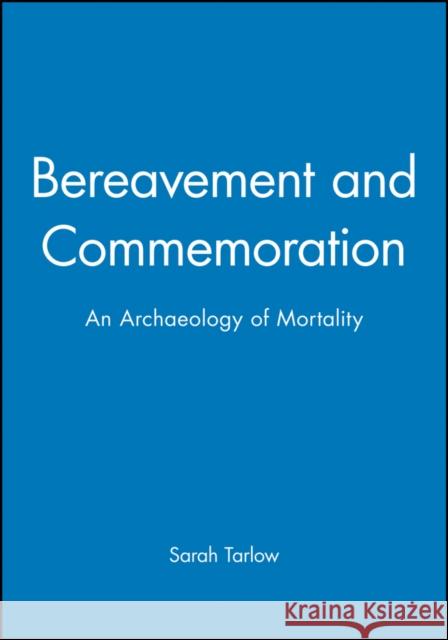Bereavement and Commemoration » książka
topmenu
Bereavement and Commemoration
ISBN-13: 9780631206132 / Angielski / Twarda / 1999 / 224 str.
Bereavement and Commemoration
ISBN-13: 9780631206132 / Angielski / Twarda / 1999 / 224 str.
cena 541,19
(netto: 515,42 VAT: 5%)
Najniższa cena z 30 dni: 535,66
(netto: 515,42 VAT: 5%)
Najniższa cena z 30 dni: 535,66
Termin realizacji zamówienia:
ok. 30 dni roboczych
Bez gwarancji dostawy przed świętami
ok. 30 dni roboczych
Bez gwarancji dostawy przed świętami
Darmowa dostawa!
This book provides an historical archaeology of death, burial and bereavement from the Reformation to the present.











